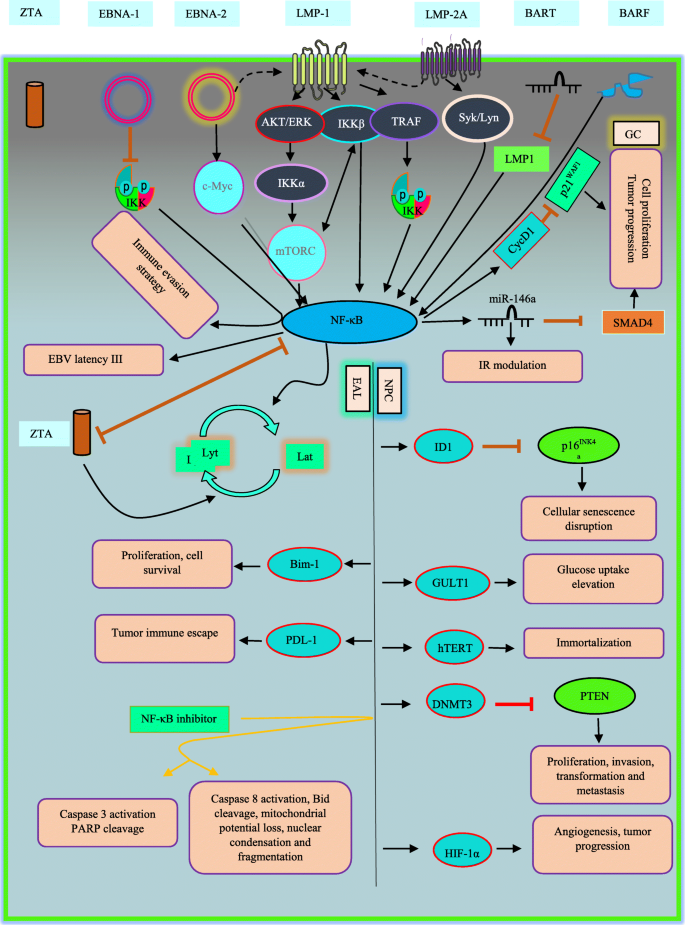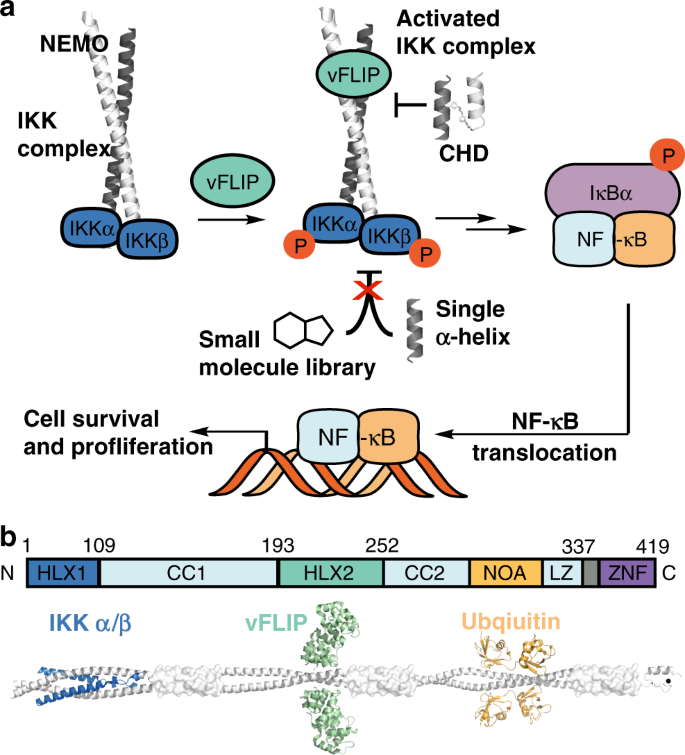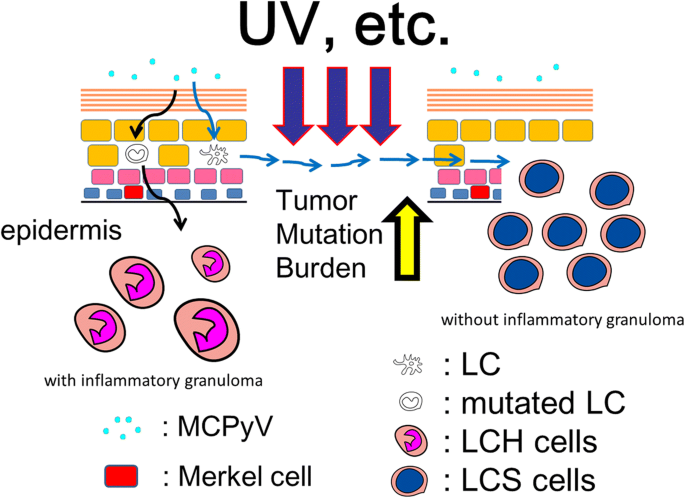
Merkel cell polyomavirus and Langerhans cell neoplasm | Cell Communication and Signaling | Full Text
Merkel Cell Polyomavirus Small T Antigen Promotes Pro-Glycolytic Metabolic Perturbations Required for Transformation | PLOS Pathogens

Merkel Cell Polyomavirus Infection Induces an Antiviral Innate Immune Response in Human Dermal Fibroblasts | Journal of Virology

Beta Human Papillomavirus and Merkel Cell Polyomavirus in Skin Neoplasms | International Journal of Dermatology and Venereology
![PDF] Recruitment of A20 by the C-terminal domain of NEMO suppresses NF-κB activation and autoinflammatory disease | Semantic Scholar PDF] Recruitment of A20 by the C-terminal domain of NEMO suppresses NF-κB activation and autoinflammatory disease | Semantic Scholar](https://d3i71xaburhd42.cloudfront.net/95526269f0eba59ae521ce33bd0d1d18a17ad261/2-Figure1-1.png)
PDF] Recruitment of A20 by the C-terminal domain of NEMO suppresses NF-κB activation and autoinflammatory disease | Semantic Scholar
Cellular sheddases are induced by Merkel cell polyomavirus small tumour antigen to mediate cell dissociation and invasiveness | PLOS Pathogens
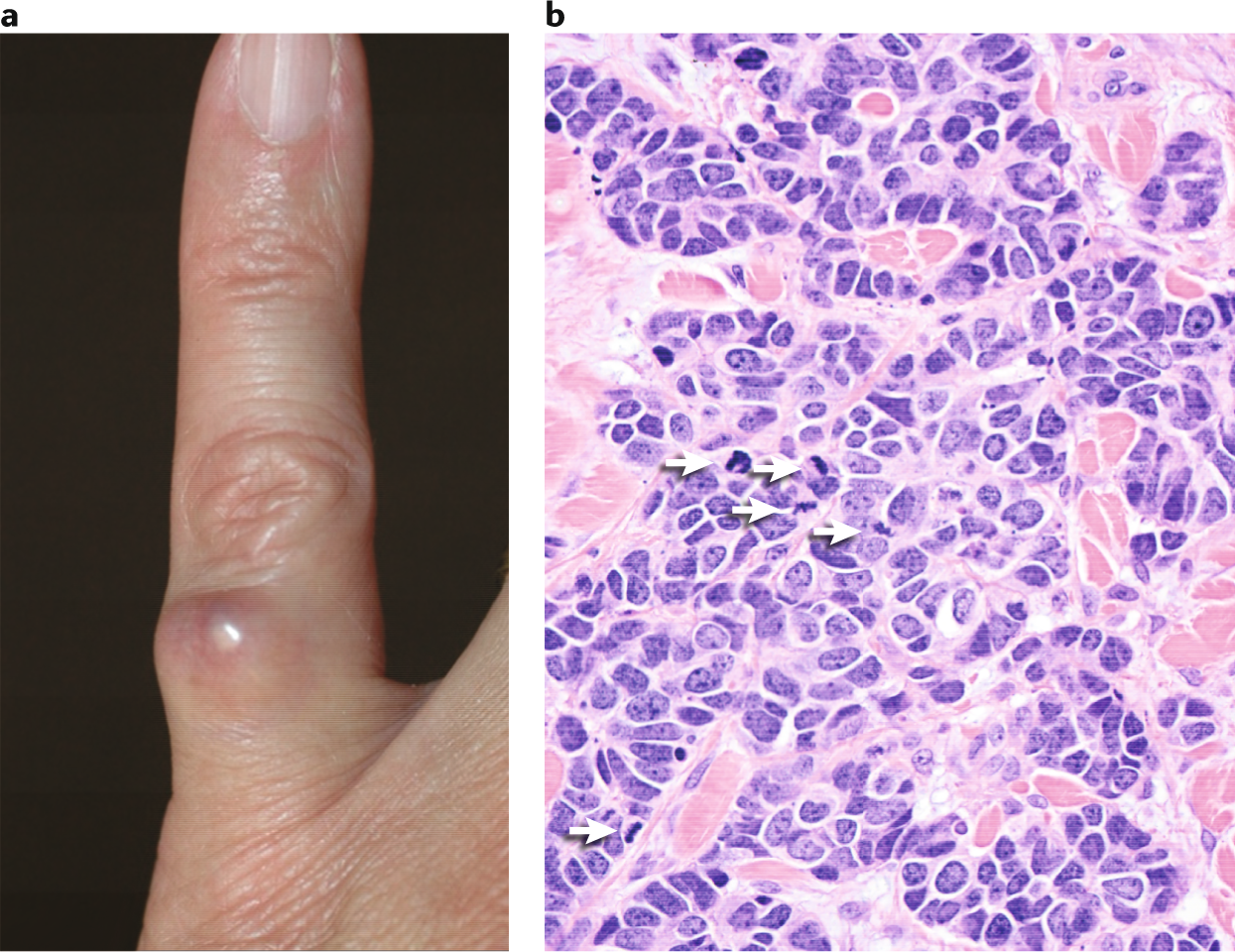
The biology and treatment of Merkel cell carcinoma: current understanding and research priorities | Nature Reviews Clinical Oncology
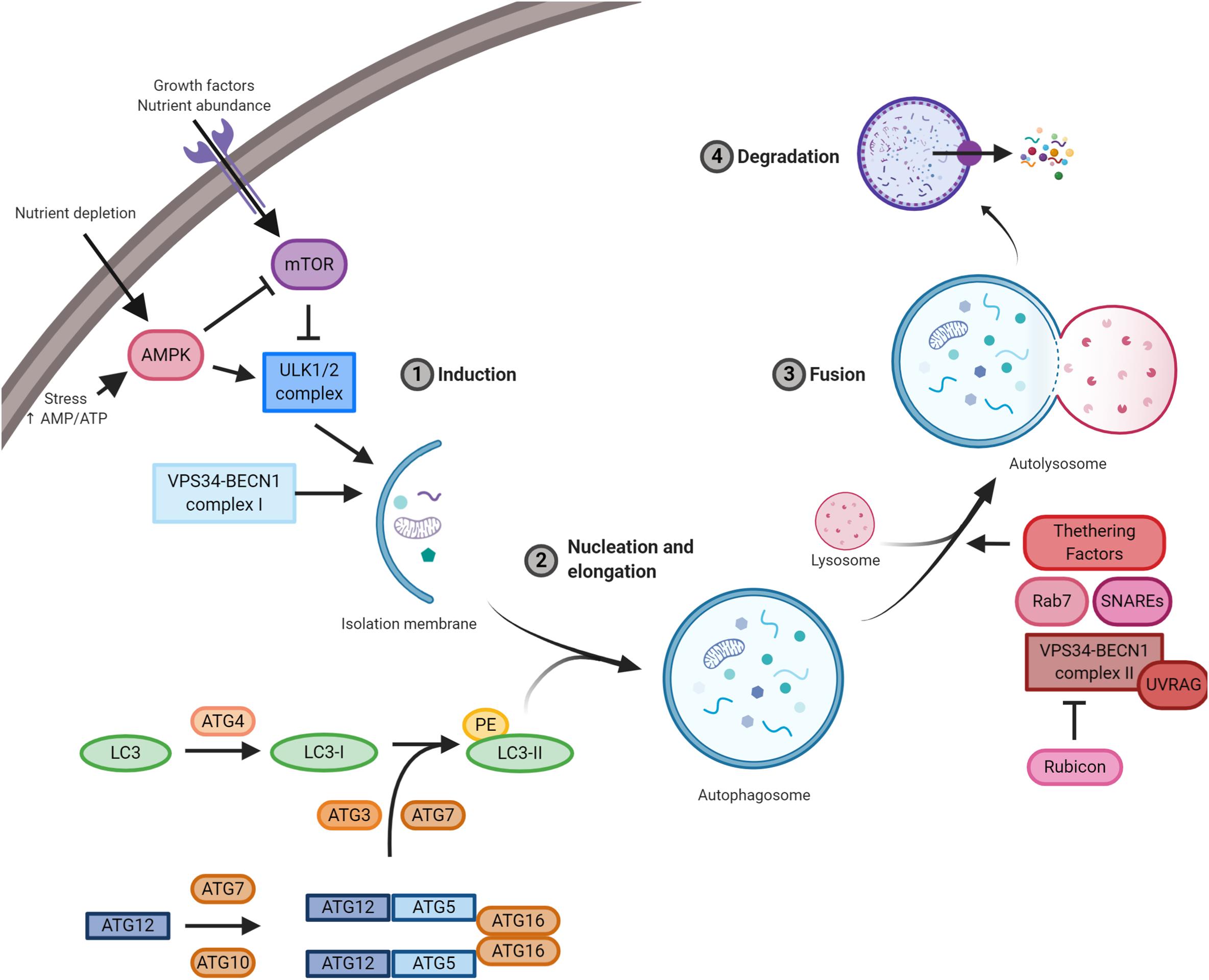
Frontiers | Regulation of Autophagy in Cells Infected With Oncogenic Human Viruses and Its Impact on Cancer Development
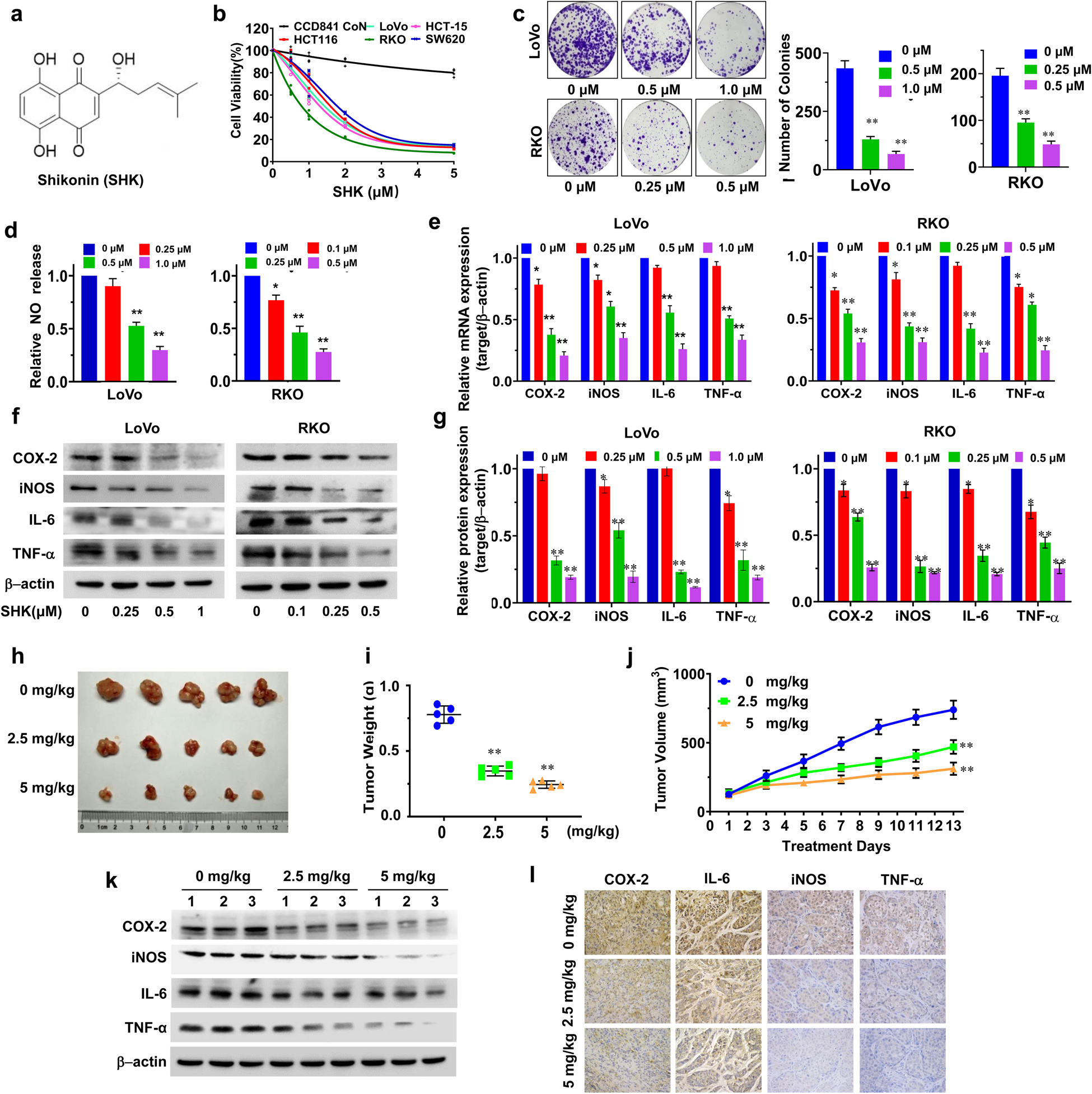
Characterization of a small-molecule inhibitor targeting NEMO/IKKβ to suppress colorectal cancer growth | Signal Transduction and Targeted Therapy
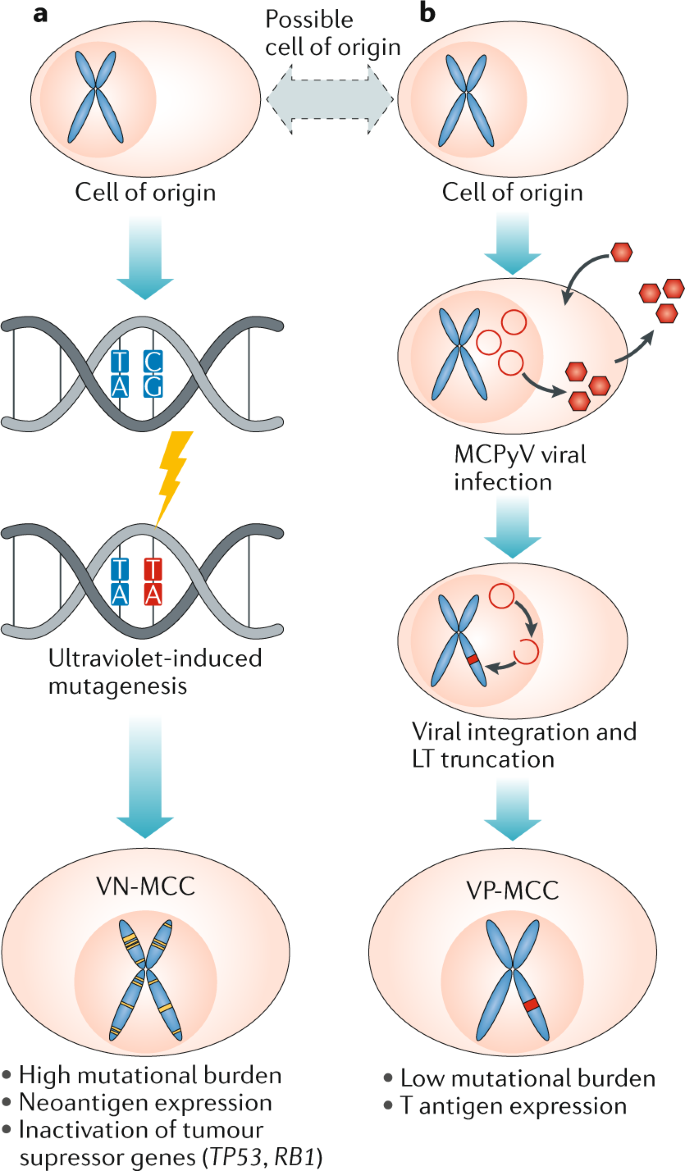
The biology and treatment of Merkel cell carcinoma: current understanding and research priorities | Nature Reviews Clinical Oncology

Merkel Cell Polyomavirus Infection Induces an Antiviral Innate Immune Response in Human Dermal Fibroblasts | Journal of Virology
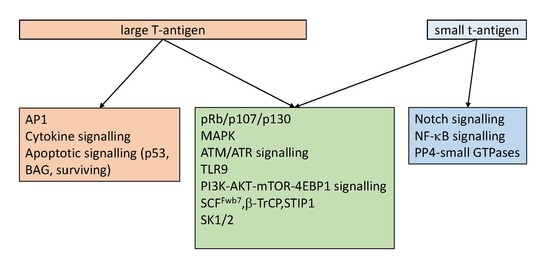
IJMS | Free Full-Text | Effect of the Large and Small T-Antigens of Human Polyomaviruses on Signaling Pathways

Surface charge of Merkel cell polyomavirus small T antigen determines cell transformation through allosteric FBW7 WD40 domain targeting | Oncogenesis
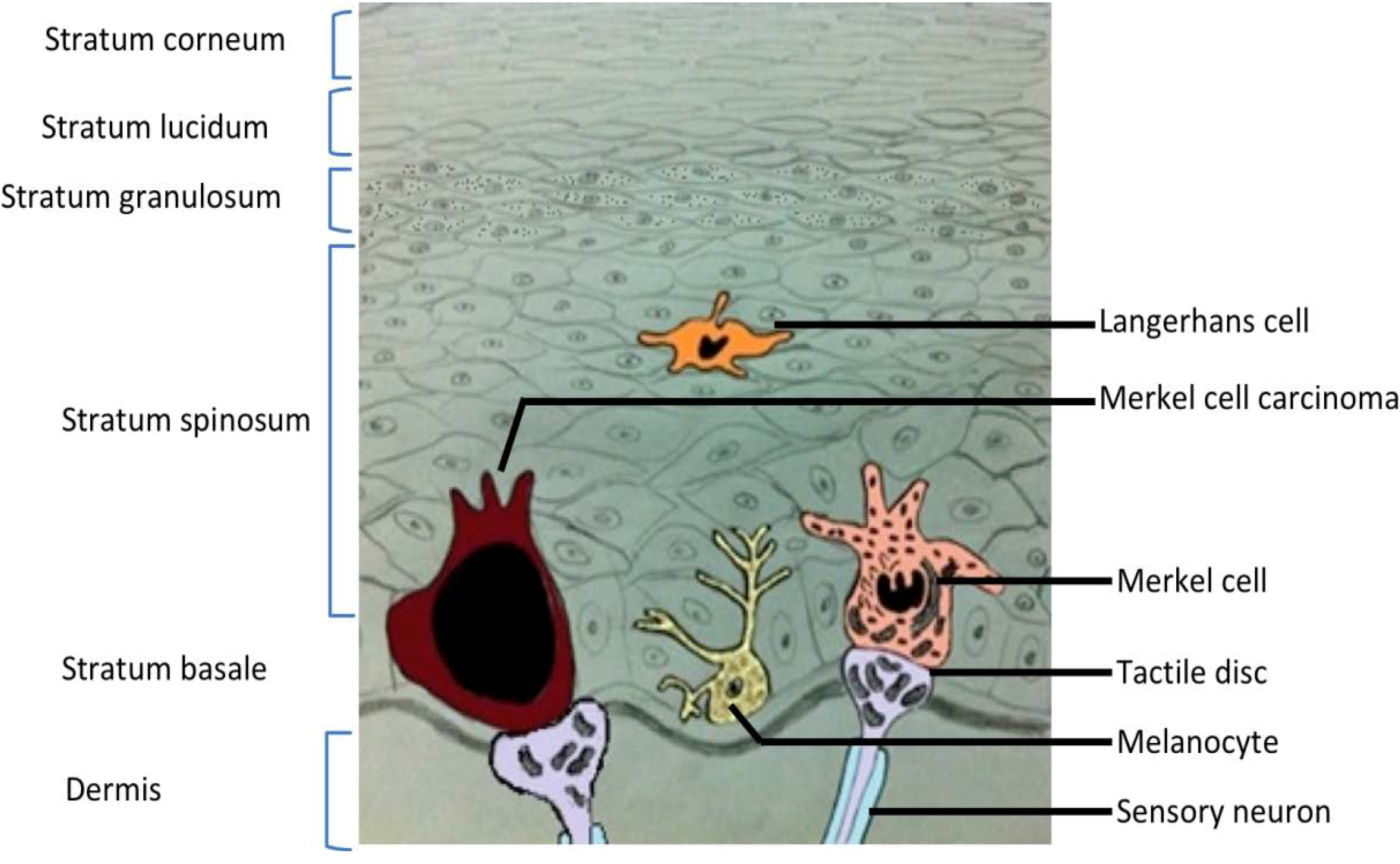
Cancers | Free Full-Text | Merkel Cell Polyomavirus: Molecular Insights into the Most Recently Discovered Human Tumour Virus

Merkel Cell Polyomavirus Infection Induces an Antiviral Innate Immune Response in Human Dermal Fibroblasts | Journal of Virology

NF-κB members and NF-κB signaling. The NF-κB family is composed of five... | Download Scientific Diagram

Beta Human Papillomavirus and Merkel Cell Polyomavirus in Skin Neoplasms | International Journal of Dermatology and Venereology
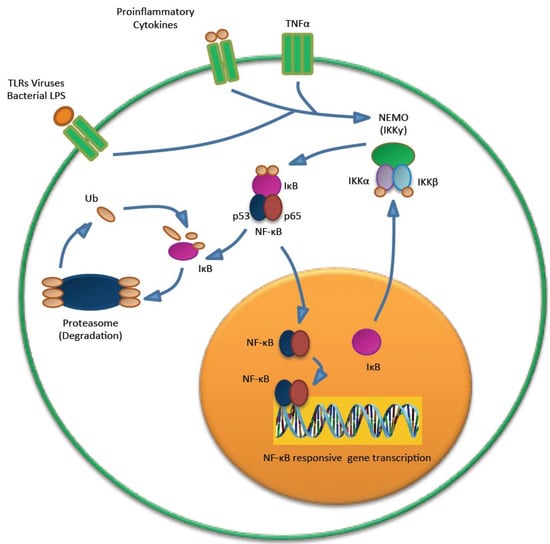
Cancers | Free Full-Text | Merkel Cell Polyomavirus: Molecular Insights into the Most Recently Discovered Human Tumour Virus
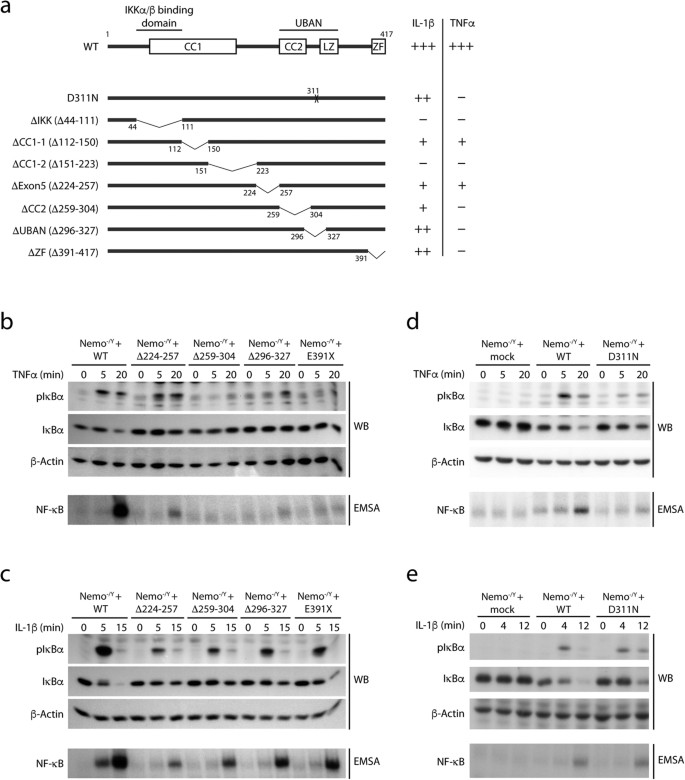
Inhibition of Canonical NF-κB Signaling by a Small Molecule Targeting NEMO-Ubiquitin Interaction | Scientific Reports
Merkel Cell Polyomavirus Small T Antigen Targets the NEMO Adaptor Protein To Disrupt Inflammatory Signaling
